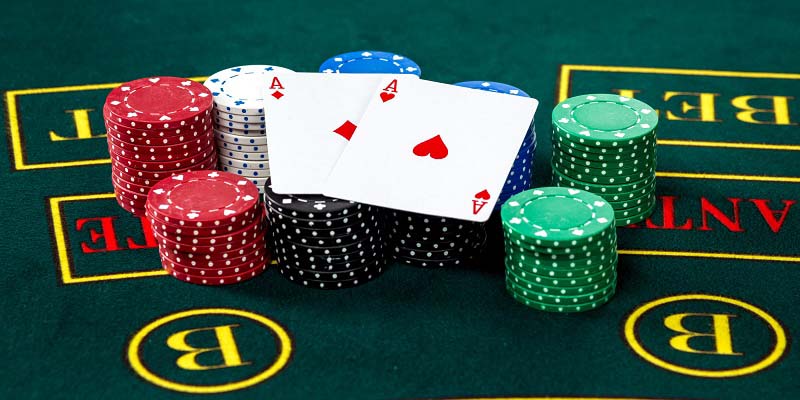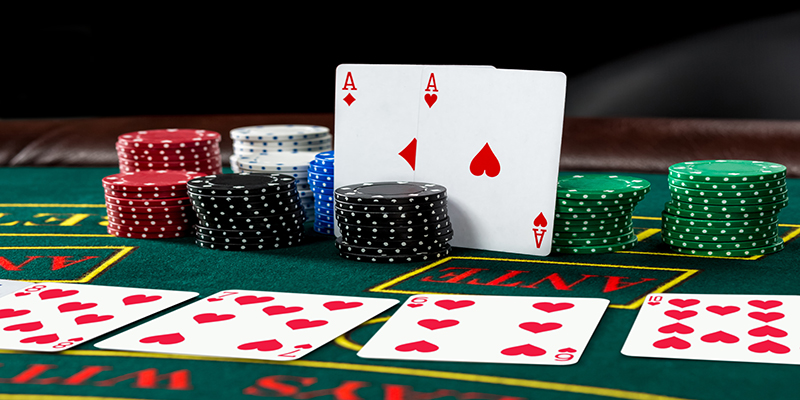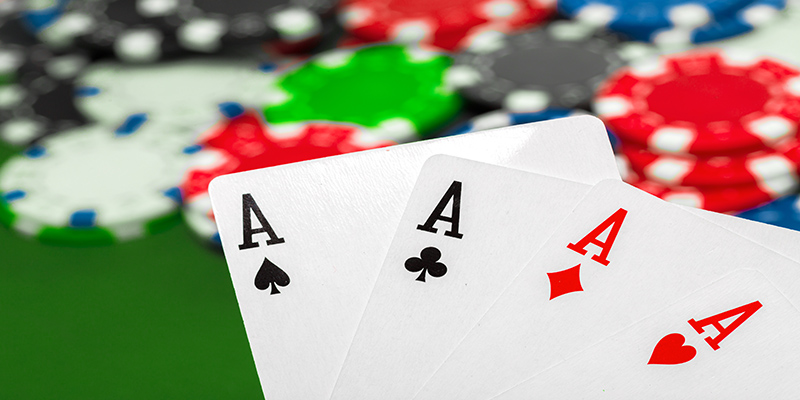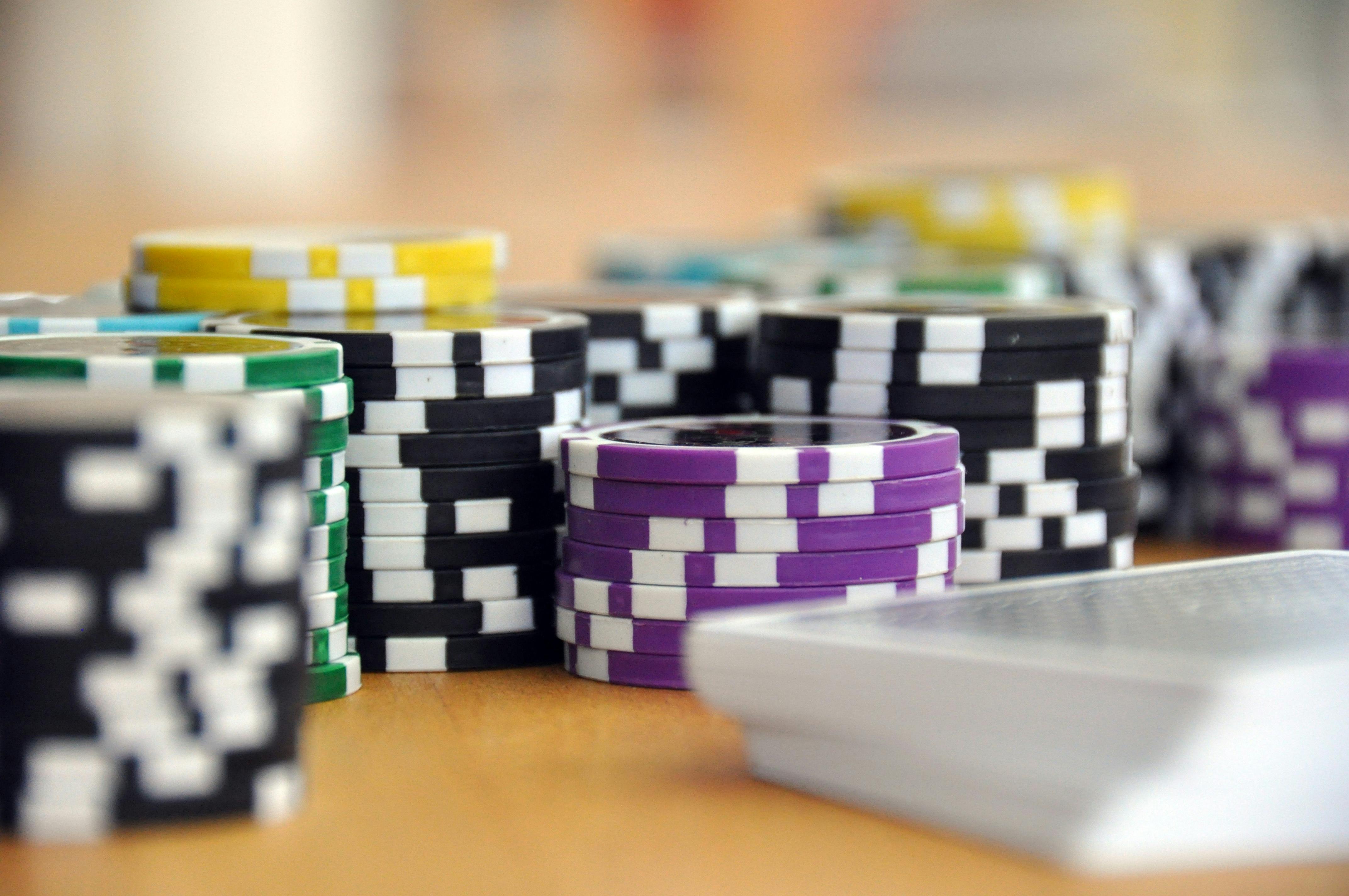What Is Three Bet In Poker? Detailed Explanation for Poker Players
The 3-bet in online poker was uncommon in its early days when players reserved it for the strongest beginning cards, such as pocket aces. As the game gained popularity, aggressive players learned they could increase their winnings by increasing the frequency and range of their 3-bets.
So what is three-bet in poker exactly? This article will explain it, its available types, the best strategies you should be concerned about, and the essential notes you must remember when playing this type of bet in poker games. Read on to find out.
What Is 3 Bet In Poker?
In a betting sequence, the third bet, or second raise, is known as a three-bet (or 3-bet).
A bet (1bet), a raise (2bet), and a re-raise (3bet) are all possible in a regular poker game. It's important to note that in blind games, the initial bet on the first betting round is always the blind post, which is why a re-raise against an open-raise is referred to as a 3bet instead of a 2bet.

Before the flop, the 3bet was commonly used to describe an initial reraise. The word originated in fixed-limit games, where a first raise is worth two bets, a reraise is for three, and so on. Similarly, the large blind is the first (forced) bet in no-limit games, the first raise is the second, and the first reraise is a "three-bet."
To make it easier to understand, refer to the numbers determined to name the betting rounds in poker. In the game, bets can be allocated numbers to indicate where they belong in a succession of bets:
- A one-bet is the initial bet in a series.
- A two-bet is the initial raise in a series.
- Three-bet - The first of a series of re-raises.
- A four-bet is the second re-raise in a row.
- A five-bet is the third re-raise in a row.
Note: Because the necessary blind payments are considered the first bet of the sequence, the initial open-raise preflop in Hold'em and Omaha is referred to as a "2-bet." This might be perplexing for inexperienced players. A post-flop 2bet (the initial raise) is frequently misunderstood as a "3bet."
Bet Type
Three bets are classified into two types: The Value 3-Bet, and The Light 3-Bet.
The Value 3-Bet
The "conventional" three-bet is the value three-bet, and it is the same as any other value bet. You feel you have the most significant hand and want to put more money into the pot while you're ahead. It is debatable which hands deserve to be a value three-bet. It all relies on the table dynamics, your table image, your opponent's reactions, playing patterns, and so on.
The crucial factor is that you have a hand that appears to be the best versus your opponent's range.
Against a typical tight-aggressive opponent, your three-bet for value might be pretty tight, such as AA-JJ and A-K.
Your range might be much larger, like AA-99, AK-AQ, and so on if you do not try to knock down a loose-aggressive player or a fish who loves to call reraises.
The difficulty with three-betting a range that is too narrow is that you risk being predictable. When you three-bet with the same opponents, they will see you have a super strong hand. They'll be able to make flawless judgments against you if they precisely put you on four to five hands every time you re-raise.
The Light 3-Bet
When you reraise a pre-flop raiser with a hand that isn't the greatest at the time but still has value for some reason, you're making a "light" three-bet.
A light three-bet is considered a semi-bluff. Essentially, your initial aim is to win the pot right away. You want your opponent to fold in response to your reraise. As a result, a player that is loose with their initial raises is the ideal opponent to three-bet light.
You know they raise the light, so you can reraise them light, knowing that they will have to fold for the most part. You will win the pot without ever seeing the flop.
How to Apply Three Bet in Poker Strategies
In the majority of poker types, 3bets often occur both preflop and post-flop. Postflop 3bets are less prevalent since they are generally very suggestive of strength.
For example, in No-Limit Hold'em and Pot Limit Omaha, it's highly unusual for a player to 3bet the flop without a solid value hand. While certain 3bets should be considered a bluff in poker theory, many players merely three-bet post-flop for value.
.jpg)
The pre-flop betting rounds are a little different because even the most casual recreational player has been exposed to the concept of re-raising a preflop open (3betting) as a bluff. While the typical player still 3bets much too close to the flip, the line is less suggestive of strength than a postflop 3bet. As a general rule, the later the street the 3bet appears, the more strength is reflected.
Many players recommend using polarized 3betting techniques preflop, although depolarized methods are becoming more popular from all positions at the table.
Polarized
This strategy involves 3betting a selection of good value hands and semi-bluffs. Semi-bluffs assets are often speculative holdings such as suited connectors and suited-gappers. They don't have a lot of raw equity before the flop, but they may still create massive 5-card holdings by the river. These speculative 3bets are very beneficial when facing opponents that fold to preflop 3bets too frequently.
Depolarized
The method implies getting 3betting various hands for value/thin-value but never semi-bluffing before the flop. Although the boundary between thin-value and semi-bluff can get muddled at times, a depolarized three-betting range rarely includes any of the lower rated suited-connectors and gappers like 57s. When dealing with opponents that routinely defend against 3bets, a depolarized 3betting technique comes in handy.
Read more: Hand Poker Rankings: Understanding Winning Poker Hands
What to Pay Attention When Betting 3 Bet in Poker
Here are some important considerations that our experts recommend when you use 3 Bet In Poker.

Your Goal Is to Make Your Opponent Fold
When playing poker, your goal is to make your opponent fold. When 3-betting, the aim is to force your aggressive opponent to fold, but you can rely on hand strength if they don't. By 3-betting with the top part of our folding range, we have a backup plan.
Consider your opponent's calling range, as they will fold most hands and call with stronger ones. If your opponent folds more than 66% of the time, 3-betting becomes profitable. Check their "fold to three-bet" metrics before making your move.
Don’t 3-Bet Too Much!
Bear in mind that the majority of the value in the light three-bet comes from the fact that it's a semi-bluff. The bulk of the time, you're counting for your opponent to fold. Thus, if you start three-betting too frequently, your opponents will stop respecting your three-bets and will start looking you up more frequently.
Your fold equity is gone when this happens, and three-betting becomes less valuable. Now is an excellent time to switch gears and take advantage of your opponents' confusion.
3-Bet = Value
The main reason for the three-bet is for the added value. Everything else is simply a result of it. You want to maximize the worth of your good hands.
However, if your three-betting range is too narrow, your opponent will adjust and simply fold every time. Three-betting light helps to balance your three-bet range while keeping your opponents guessing. They make blunders when they are left guessing. And at the end of the night, those mistakes are numbers added to your bankroll.
Bet Sizing Not Equal to Hand Strength
Although three-betting light is now widespread practice, many players still size their three-bets inappropriately. Some players base their re-raises on their own hand strength. When they have a terrible hand and want their opponent to fold, they bet more, and when they play for value, they wager less.
This is erroneous reasoning. A skilled opponent will notice this and take advantage of you. The size of your stake should not be influenced by the strength of your hand.
Position Dictates Everything
What are the decisive criteria if hand strength isn't it? The position is the solution. You've probably heard it before: position is everything in poker.
It's the same while deciding on the magnitude of your three-bet. You can get away with a lesser three-bet size while you're in position.
This is because you will be the last to act for the duration of the hand. Because acting last gives you such a significant advantage, you may penalize the out-of-position player frequently, regardless of your hand strength.
When you're in position, a suitable re-raise size is 3x to 3.5x the original raise. It's large enough that your opponent doesn't have an automatic call, but it doesn't put too many chips in danger.
Conclusion
Three-bets are an integral part of poker matches. Good players can use it to increase their chances of winning. Therefore, refer to this article to better apply its strategies to make more profits playing poker.
















